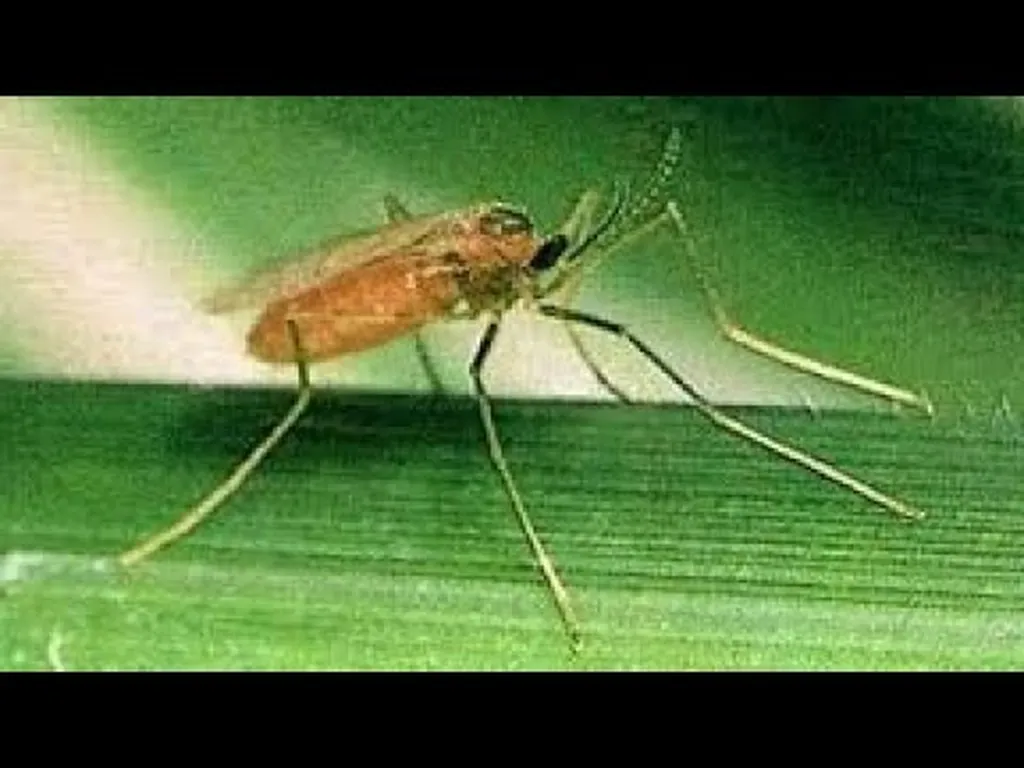In the heart of Telangana, India, a critical battle is being waged—not against human foes, but against a tiny, yet formidable enemy: the gall midge. This minuscule pest, no larger than a grain of rice, has been wreaking havoc on rice crops, causing significant economic losses for farmers. But hope is on the horizon, as a recent study published in the *International Journal of Bio-Resource and Stress Management* offers promising insights into combating this agricultural menace.
The study, led by R. Shravan Kumar from the Department of Entomology at the Regional Agricultural Research Station in Warangal, evaluated 200 rice cultures for their resistance against the gall midge, specifically biotype 4M. The experiment, conducted during the kharif season of 2021, involved screening these rice cultures under natural field conditions, with the susceptible check variety TN-1 serving as a benchmark.
The results were promising. Among the 200 test entries, three entries—RDR-2751, IBT-GM-7, and IBT-GM-36—showed highly resistant reactions, exhibiting no damage at all. Eight other entries demonstrated resistant reactions, with less than 1% silver shoots, a telltale sign of gall midge infestation. Additionally, 74 entries showed moderate resistance, with 1–5% silver shoots.
“This study is a significant step forward in our fight against the gall midge,” said Shravan Kumar. “The identification of these resistant rice cultures provides a beacon of hope for farmers who have been battling this pest for years.”
The commercial implications of this research are substantial. The gall midge is a major constraint to rice production in many parts of the world, causing yield losses of up to 100% in susceptible varieties. The development of resistant rice cultures could not only mitigate these losses but also reduce the need for chemical pesticides, promoting more sustainable and eco-friendly farming practices.
Moreover, the findings of this study could pave the way for future research in the field of plant breeding and biotechnology. By understanding the genetic basis of resistance in these rice cultures, scientists can develop more targeted and effective strategies for combating not just the gall midge, but other pests and diseases as well.
As we look to the future, the battle against the gall midge is far from over. But with each new discovery, each new breakthrough, we move one step closer to a world where farmers can grow their crops free from the threat of this tiny, yet formidable, foe. And perhaps, in the not-too-distant future, the gall midge will be nothing more than a footnote in the annals of agricultural history.

